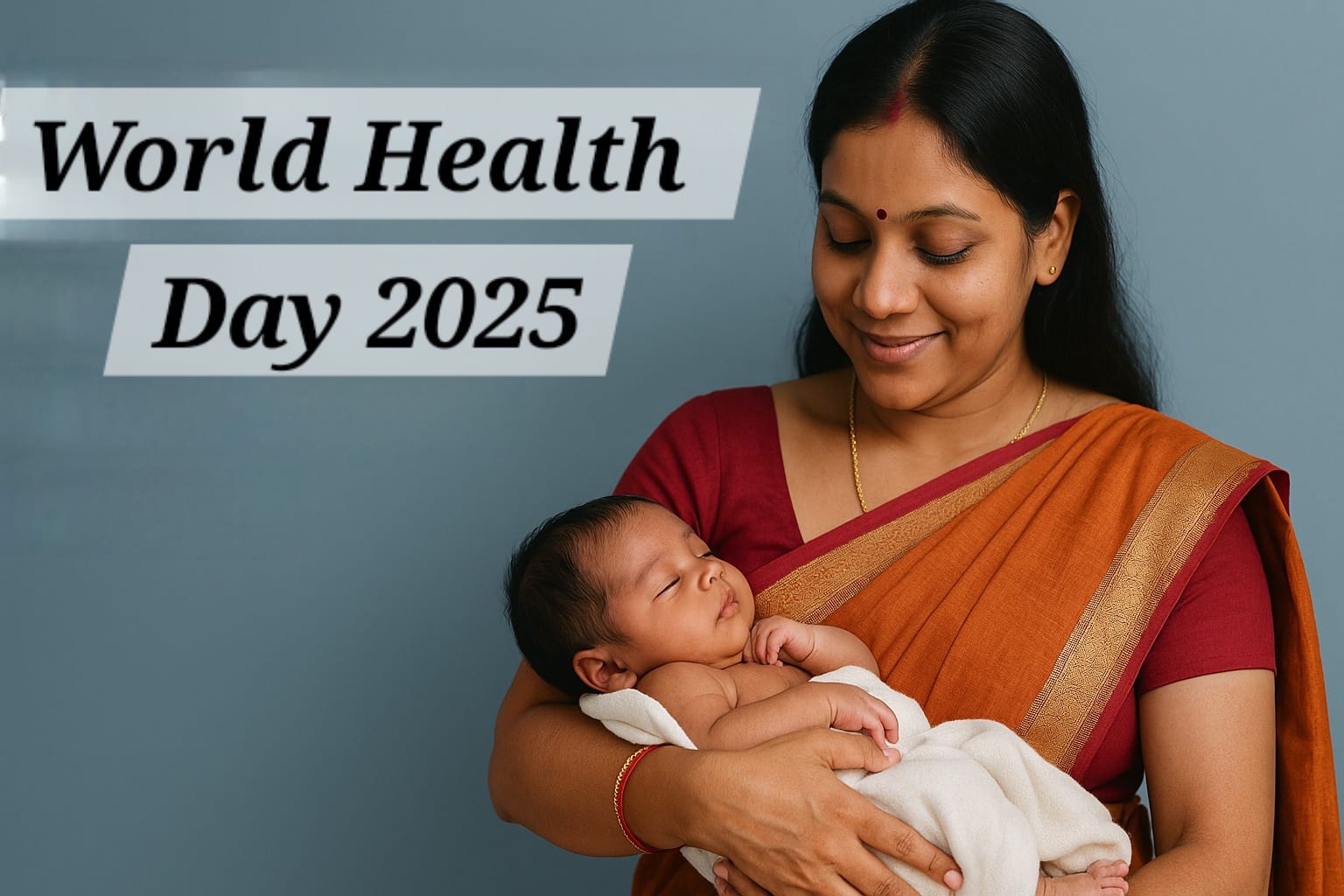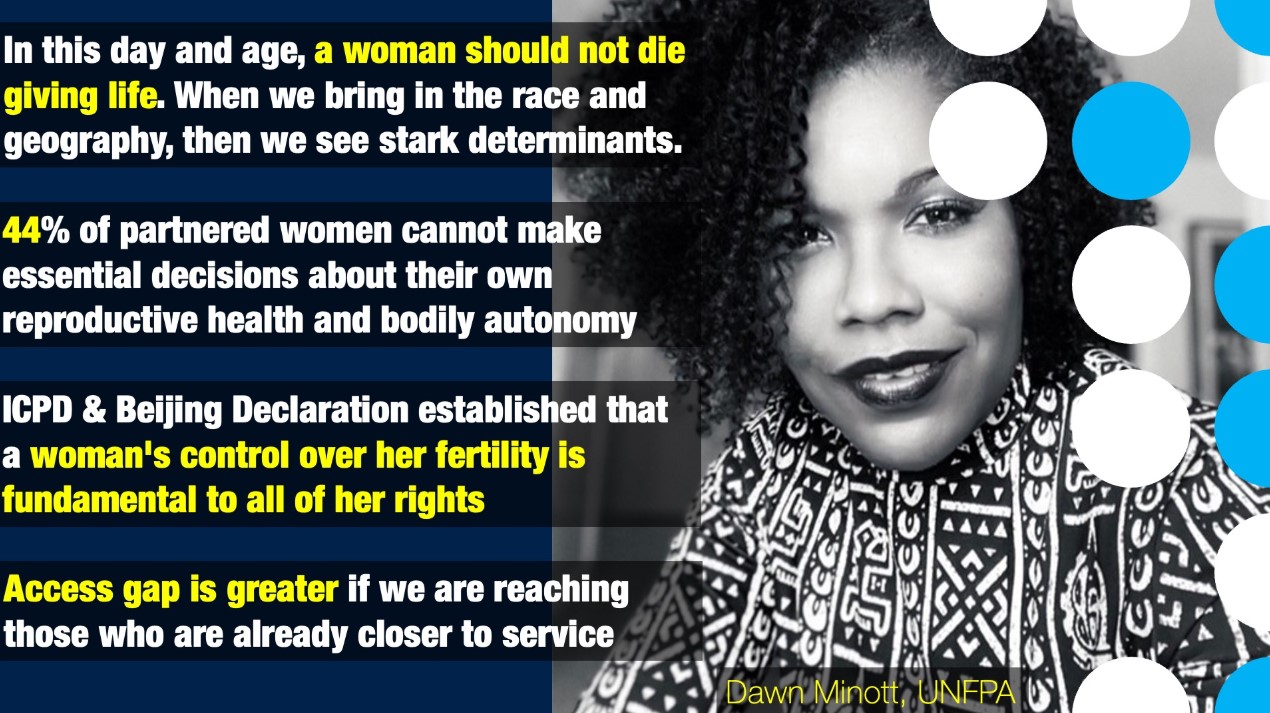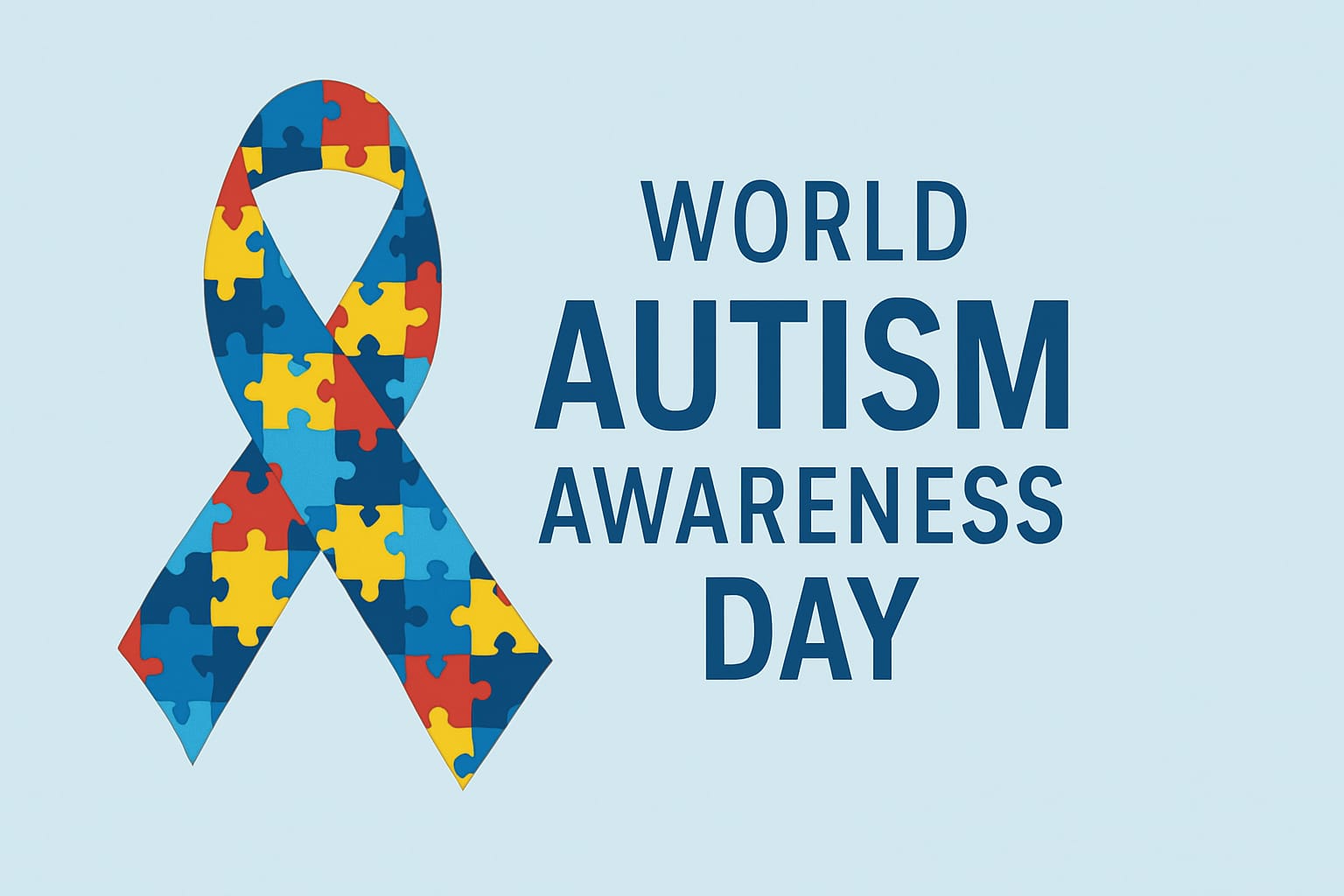India is struggling with a silent epidemic that is draining its workforce and threatening its economic stability due to Non-Communicable Diseases (NCDs). These conditions, including diabetes, cardiovascular diseases, respiratory illnesses, and cancer, account for an alarming 66% of all deaths in the country. While NCDs have long been considered a concern for older adults, India faces a disturbing trend these diseases are striking people in the prime of their lives.
Unlike many developed nations where NCDs generally emerge later in life, India sees these diseases affecting its youth and middle-aged populations. Shockingly, two-thirds of Indians with NCDs fall within the 26–59 age group which is the most productive years of their lives. This shift has far-reaching consequences, not only for individual health but also for the nation’s social and economic well-being.
The premature onset of NCDs in India is closely tied to lifestyle choices. Sedentary habits, unhealthy dietary practices, and high stress levels have created the perfect breeding ground for these diseases. This is compounded by urbanization and the Increasing accessibility of processed and junk foods, making healthy eating a challenge for many.
A study by the Indian Council of Medical Research (ICMR) and the National Institute of Nutrition (NIN) revealed that over 56% of the disease burden in India is directly linked to poor dietary habits. These include excessive consumption of refined sugars, saturated fats, and sodium, coupled with a glaring deficiency in fiber, fruits, and vegetables.
This dietary imbalance leads to obesity, high blood pressure, and elevated cholesterol levels, setting the stage for NCDs to thrive. Without immediate intervention, the dietary habits of millions of Indians will continue to fuel this crisis.
The impact of NCDs extends beyond health, it disrupts families, workplaces, and the economy at large. As younger individuals succumb to these diseases, households face financial strain due to medical expenses and lost income. Employers, on the other hand, bear the brunt of decreased productivity and absenteeism.
India’s demographic dividend, once considered a powerful driver of economic growth, is now at risk. With a significant portion of the workforce battling chronic diseases, the nation’s progress could slow down dramatically.
Recognizing the urgent need for action, the Physicians Association for Nutrition India (PAN India) has taken a proactive approach. In collaboration with the Indian Medical Association (IMA) Bengaluru and with accreditation from the Karnataka Medical Council (KMC), PAN India recently conducted its 30th Continuing Medical Education (CME) seminar for doctors in Bengaluru.
This seminar focused on integrating Evidence-Based Nutrition (EBN) into clinical practices. EBN refers to dietary interventions grounded in scientific research to prevent and manage chronic diseases effectively.
Doctors attending the seminar were encouraged to prioritize nutritional counseling in their practices. By empowering patients with knowledge about balanced diets, portion control, and the benefits of whole foods, healthcare providers can play a pivotal role in reducing the burden of NCDs.
Tackling NCDs requires a multi-pronged approach that includes awareness, policy changes, and individual action. Here are some practical steps that can make a difference:
1. Promoting Healthy Eating Habits: Educating the public about the importance of a balanced diet is crucial. This includes emphasizing the consumption of fresh fruits, vegetables, whole grains, and lean proteins while reducing the intake of processed foods, sugary beverages, and unhealthy fats.
2. Encouraging Physical Activity: Sedentary lifestyles are a major contributor to NCDs. Encouraging regular physical activity, whether through walking, yoga, or sports, can significantly reduce the risk of these diseases. Workplaces can also promote fitness by providing gym facilities or organizing wellness programs.
3. Reducing Stress Levels: Chronic stress has been linked to the onset of many NCDs. Stress management techniques, such as meditation, deep breathing exercises, and mindfulness, should be widely promoted.
4. Strengthening Healthcare Infrastructure: The healthcare system must be equipped to handle the rising tide of NCDs. This includes training doctors in preventive care, increasing the availability of diagnostic tools, and making treatment affordable and accessible.
5. Implementing Public Health Campaigns: Government and non-governmental organizations must collaborate to launch nationwide campaigns that raise awareness about NCDs. These campaigns should focus on the risks associated with unhealthy lifestyles and highlight practical ways to stay healthy.
One of the most effective ways to combat NCDs is through early detection. Regular health check-ups, including blood pressure monitoring, cholesterol testing, and blood sugar screenings, can help identify risk factors before they develop into full-blown diseases.
Doctors must also be trained to recognize early signs of NCDs and provide timely interventions. By catching these conditions in their infancy, it’s possible to prevent complications and improve quality of life.
While individual efforts are crucial, combating NCDs requires collective action from multiple stakeholders, including policymakers, healthcare providers, businesses, and the general public. Employers can create healthier work environments by offering nutritious food options in cafeterias and organizing wellness initiatives. Schools can introduce programs that teach children the importance of physical fitness and balanced nutrition.
Governments must also step up by regulating the food industry, taxing sugary drinks, and banning the marketing of unhealthy foods to children. Investments in healthcare infrastructure and public health education will further strengthen the fight against NCDs.
Doctors are on the frontline of this battle. By adopting Evidence-Based Nutrition as part of their practice, they can help patients make informed decisions about their health. PAN India’s CME seminars are a step in the right direction, equipping doctors with the knowledge and tools to address the root causes of NCDs.
Moreover, doctors should advocate for a shift in focus from curative to preventive care. This involves working closely with patients to develop personalized health plans that address their unique needs and risk factors.
Despite the daunting statistics, there is hope. By prioritizing prevention and early intervention, it’s possible to reverse the trend of rising NCDs in India. The younger generation, in particular, can benefit from targeted efforts that encourage healthier lifestyles and reduce exposure to risk factors.
Organizations like PAN India are paving the way for a healthier future by emphasizing the importance of nutrition and lifestyle changes. With continued efforts from all sectors of society, India can overcome the NCD epidemic and ensure a brighter, healthier future for its people.
The rise of Non-Communicable Diseases in India is a wake-up call that cannot be ignored. With two-thirds of the affected population in their most productive years, the implications of this epidemic are far-reaching.
However, by adopting a holistic approach that includes better nutrition, increased physical activity, stress management, and early detection, it’s possible to turn the tide. The efforts of organizations like PAN India, combined with government initiatives and individual actions, hold the promise of a healthier and more prosperous nation.
India’s fight against NCDs may be challenging, but it is a battle worth fighting. The time to act is now, and with collective determination, we can build a future where health and wellness take precedence over disease and despair

 With continued efforts from all sectors of society, India can overcome the NCD epidemic and ensure a brighter, healthier future for its people.
With continued efforts from all sectors of society, India can overcome the NCD epidemic and ensure a brighter, healthier future for its people.










.jpeg)


.jpeg)



.jpeg)
.jpeg)






.jpeg)





